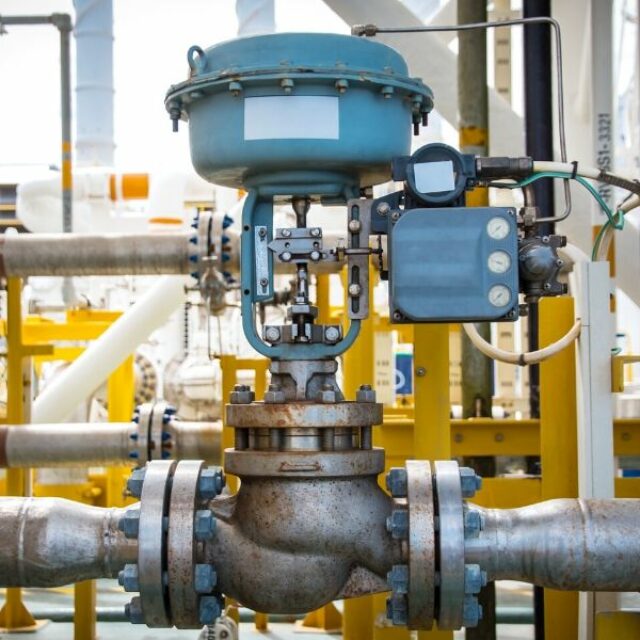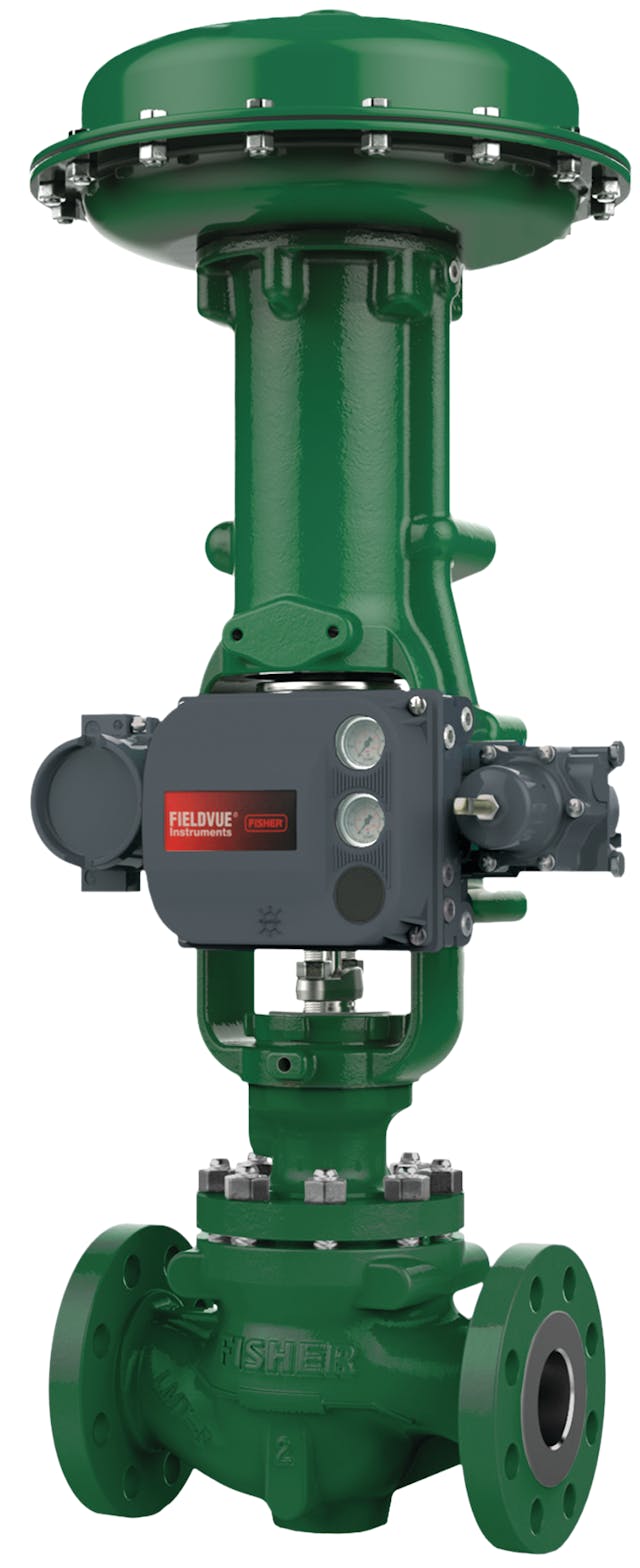Selecting the Right Control Valves: An Overview to Optimum System Efficiency
Selecting the Right Control Valves: An Overview to Optimum System Efficiency
Blog Article

Maximize Energy Cost Savings and Convenience With Advanced Structure Automation Controls
In the realm of modern-day style and center administration, the integration of advanced building automation controls stands as an essential innovation. By utilizing the power of automation, structures can adapt, react, and develop in ways that were when unbelievable.
Energy Effectiveness Conveniences
Energy performance benefits can dramatically lower energy consumption and functional expenses in structures. By carrying out energy-efficient practices and innovations, building proprietors and operators can accomplish significant cost savings while additionally adding to environmental sustainability. One of the key benefits of boosting energy efficiency in structures is the decrease of utility costs. Energy-efficient systems, such as sophisticated building automation controls, can optimize making use of sources like lighting, air conditioning, and heating, resulting in lower energy expenditures gradually.
In addition, boosted energy efficiency can prolong the lifespan of building equipment and systems. By operating much more effectively, a/c systems, lighting components, and various other building elements experience much less deterioration, causing lowered maintenance and substitute prices. Furthermore, energy-efficient buildings often regulate greater residential or commercial property worths and rental rates, giving long-term monetary benefits to owners.
Furthermore, energy efficiency can enhance passenger comfort and performance. Effectively controlled indoor atmospheres with ideal lighting and thermal conditions develop a more positive and conducive office, resulting in enhanced worker satisfaction and performance. On the whole, the energy performance benefits connected with sophisticated building automation controls are complex, encompassing price savings, ecological stewardship, and owner well-being.
Improved Comfort Control
Enhancing convenience control in structure environments requires an advanced assimilation of innovative automation systems for ideal owner wellness. By making use of sophisticated structure automation controls, centers can customize the interior atmosphere to satisfy the details demands and choices of owners. These systems enable specific regulation of ventilation, lighting, and temperature, developing a effective and comfy atmosphere. Resident satisfaction and productivity are closely connected to thermal comfort, making it vital to have systems in area that can adjust to altering conditions in real-time.
By incorporating these advanced controls, buildings can not only enhance comfort however also enhance energy efficiency by optimizing system operations based on actual tenancy and usage patterns. Inevitably, prioritizing passenger convenience with sophisticated automation systems leads to an extra enjoyable and much healthier indoor environment.
Functional Efficiency Improvements

Furthermore, the application of real-time surveillance and check this analytics devices makes it possible for structure drivers to determine power inefficiencies and functional anomalies promptly. By continuously checking power use patterns and system performance metrics, changes can be made in real-time to optimize power consumption and make sure peak functional efficiency. control valves. In addition, integrating need action approaches into building automation controls can even more boost operational performance by dynamically readjusting energy usage based on grid conditions and prices signals
Indoor Climate Optimization
Reliable indoor climate optimization is an essential aspect of structure automation controls, making certain residents' convenience and wellness while making the most of power financial savings. By using sophisticated sensors and controls, building automation systems can continually monitor and readjust temperature, moisture levels, air quality, and air flow to develop an optimal indoor atmosphere. Preserving comfy and consistent problems not only boosts resident contentment yet additionally improves efficiency and general well-being.
Indoor climate optimization likewise plays a crucial role in power efficiency. By fine-tuning heating, air conditioning, and air flow systems based upon real-time information and tenancy patterns, building automation controls can dramatically minimize energy usage - control valves. Executing strategies such as demand-controlled air flow and thermal zoning can assist decrease power waste while ensuring that each area of the building obtains the required conditioning.

Sustainable Setting Production
Structure automation manages not only enhance indoor climate conditions for energy effectiveness and occupant comfort but likewise lay the structure for developing a sustainable setting with strategic monitoring of sources and systems. By incorporating advanced structure automation modern technologies, such as sensing units, actuators, and smart software program, centers can change and keep track of power usage in real-time to reduce waste and decrease their carbon impact. These systems make it possible for predictive maintenance, identifying possible problems before they rise and enhancing devices efficiency to boost durability and effectiveness.
Furthermore, sustainable setting creation prolongs past power monitoring to incorporate water conservation, waste decrease, and indoor air high quality improvement. Building automation controls can regulate water usage, identify leakages, and ensure correct waste disposal practices, adding to total sustainability efforts. In addition, by regulating and checking ventilation and purification systems, these innovations more info here boost occupant health and wellness and productivity while reducing energy consumption associated with heating and cooling operations.
Verdict
To conclude, progressed building automation regulates deal considerable advantages in terms of energy financial savings, convenience control, operational effectiveness, interior environment optimization, and creating a sustainable atmosphere. By executing these controls, structures can attain optimum performance while decreasing energy usage and enhancing occupant comfort. It appears that the use of advanced automation innovation is essential in boosting structure performance and developing an extra lasting future.
Power performance benefits can significantly minimize energy consumption and functional expenses in buildings. On the whole, the energy performance benefits associated with innovative structure automation controls are multifaceted, incorporating expense savings, environmental stewardship, and passenger well-being.
Additionally, including demand feedback approaches into building automation controls can better improve functional efficiency by dynamically changing energy usage based on grid problems and prices signals.
Structure automation controls not only optimize interior environment conditions for power performance and occupant comfort yet likewise lay the structure for producing a lasting atmosphere through strategic management of systems and sources.In verdict, advanced building automation manages offer significant advantages in terms of energy savings, convenience control, operational efficiency, interior climate optimization, and producing a lasting atmosphere.
Report this page